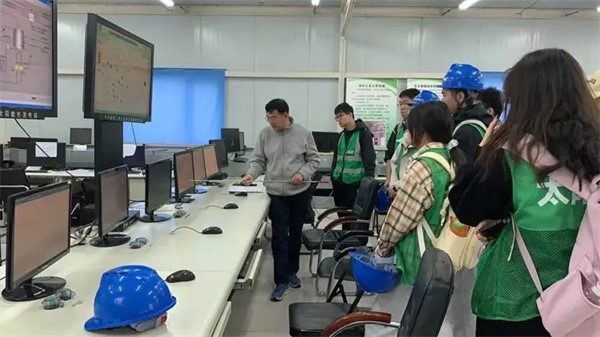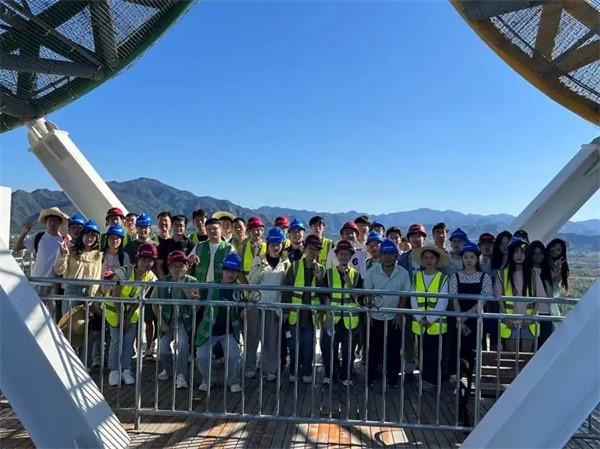Understanding the Theory Behind the Formulas: Open Teaching
——The "CSP Technology" Course Wins the 2024 Outstanding Graduate Course Award at the University of Chinese Academy of Sciences (UCAS)
Recently, the "CSP Technology" course, co-taught by Professor Wang Zhifeng and Associate Professor Guo Minghuan from the University of Chinese Academy of Sciences (UCAS), has been awarded the 2024 "Outstanding Graduate Course" at UCAS. The course stands out for its high-quality self-compiled textbooks, in-depth teaching methods, rich content, and practical components.

Professor Wang Zhifeng believes that in the era of rapid information development, represented by AI, and considering the strong academic foundation and self-learning abilities of UCAS graduate students, graduate courses should not focus solely on traditional formula derivation and problem-solving. Instead, they should delve into the physical meanings behind concepts, symbols, and formulas, as well as their practical applications. This approach helps students engage in deeper thinking and provides real value for graduate-level education.
To enhance teaching quality, the course has introduced innovative practices. To improve teaching standards, the entire classroom teaching is live-streamed via Tencent Meeting, allowing free online access globally. This attracts experts from various fields, including prominent figures in solar thermal power generation, which puts significant pressure on the instructors to prepare and deliver high-level content that satisfies all audiences. This initiative also shares UCAS's top-tier educational resources with society and expands its social influence.
To deepen students' understanding of basic concepts and principles, the course includes three field trips to the Yanqing Solar Thermal Power Station of the Institute of Electrical Engineering, Chinese Academy of Sciences. Through hands-on experiments, students can connect theory with practice. Additionally, the course integrates ideological and political education, deepening students' understanding of green energy, encouraging innovation, and promoting the spirit of scientists.

The classroom emphasizes blackboard teaching, with both Professor Wang and Associate Professor Guo using blackboard derivations to explain key physical concepts in CSP, such as "power station design points" and "solar collector heat gains." They also draw diagrams of equipment and system structures while lecturing, gradually and thoroughly presenting the content and important scientific ideas.

The course employs an interactive teaching approach, where some chapters require students to preview materials in advance. In class, students are randomly selected to act as temporary teachers and explain specific concepts to their peers, followed by instructor feedback. This method greatly promotes knowledge retention and cultivates independent learning skills.
CSP is a new energy technology with significant interdisciplinary integration, strong engineering applications, and broad prospects. This graduate-level specialized course adopts a training model of "self-learning—theoretical foundation—practical empowerment" to cultivate well-rounded talent for the new energy sector.

"As each CSP mirror reflects not only sunlight but also humanity's pursuit of a clean future," said Associate Professor Guo Minghuan, a recipient of the Outstanding Doctoral Dissertation Award from the Chinese Academy of Sciences. The course not only teaches calculations of solar and lunar positions and measurements of concentrator errors but also plants the seed of "serving the nation through technology" in students' hearts. When renewable energy education resonates with national strategies, "CSP Technology" becomes a powerful light illuminating the journey toward achieving China's "dual carbon" goals.


